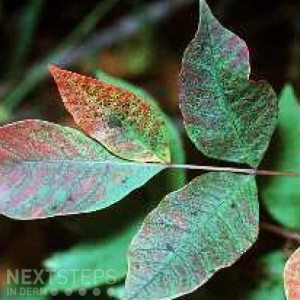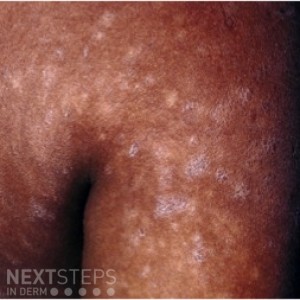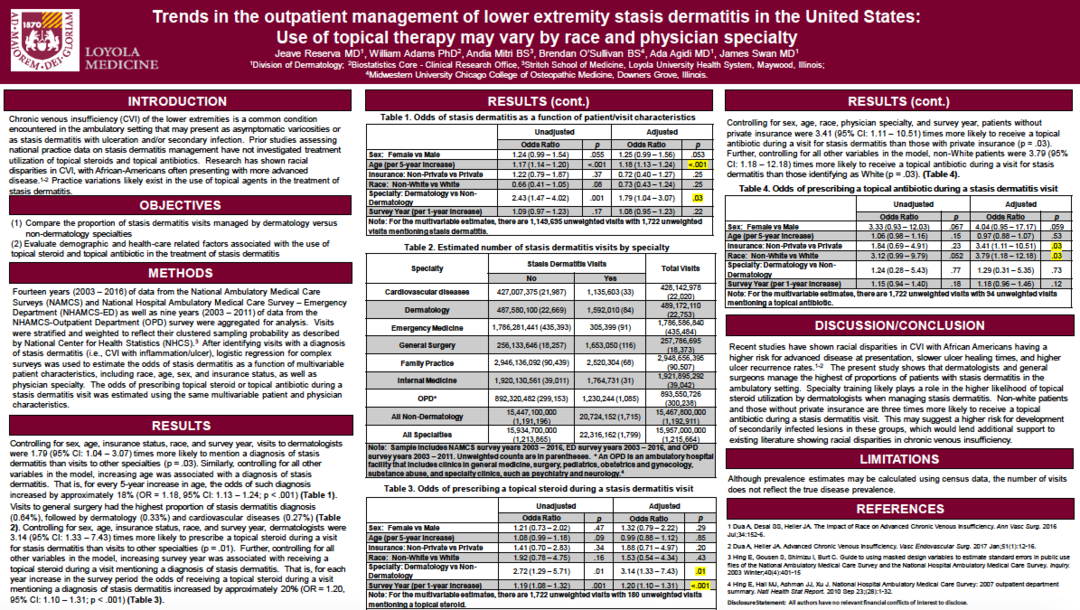Treatment Strategies for Hair and Scalp Disorders: Biotin & Beyond
 A full head of hair. This is how I came away from Dr. Heather Woolery-Lloyd’s lecture on hair and scalp disorders at the 2019 Skin of Color Update. There were many aspects of her talk that challenged me to rethink how I approach the management of hair loss in my patients. In this post we will cover biotin’s role in treating alopecia, and important considerations in the treatment of central cen …
A full head of hair. This is how I came away from Dr. Heather Woolery-Lloyd’s lecture on hair and scalp disorders at the 2019 Skin of Color Update. There were many aspects of her talk that challenged me to rethink how I approach the management of hair loss in my patients. In this post we will cover biotin’s role in treating alopecia, and important considerations in the treatment of central cen …
 A full head of hair. This is how I came away from Dr. Heather Woolery-Lloyd’s lecture on hair and scalp disorders at the 2019 Skin of Color Update. There were many aspects of her talk that challenged me to rethink how I approach the management of hair loss in my patients. In this post we will cover biotin’s role in treating alopecia, and important considerations in the treatment of central cen …
A full head of hair. This is how I came away from Dr. Heather Woolery-Lloyd’s lecture on hair and scalp disorders at the 2019 Skin of Color Update. There were many aspects of her talk that challenged me to rethink how I approach the management of hair loss in my patients. In this post we will cover biotin’s role in treating alopecia, and important considerations in the treatment of central cen … Continue reading "Treatment Strategies for Hair and Scalp Disorders: Biotin & Beyond"


 Match the photo to the plant identified:
A. Poison ivy
B. Gingko
C. Poison oak
D. Mango leaves
E. Poison sumac
To find out the correct answer and read the explanation, click here.
Brought to you by our brand partner Derm In-Review, a product of Sanovaworks.
…
Match the photo to the plant identified:
A. Poison ivy
B. Gingko
C. Poison oak
D. Mango leaves
E. Poison sumac
To find out the correct answer and read the explanation, click here.
Brought to you by our brand partner Derm In-Review, a product of Sanovaworks.
…  In this month’s installment of our Therapeutic Cheat Sheet series, we explore a new topical approach to rosacea: ivermectin 1% topical cream (Soolantra). This topical cream is a useful tool for combating rosacea in a multimechanistic way.
Click image to enlarge
Further Reading
Efficacy and Safety of Ivermectin 1% Cream in Treatment of Papulopustular Rosacea: Results …
In this month’s installment of our Therapeutic Cheat Sheet series, we explore a new topical approach to rosacea: ivermectin 1% topical cream (Soolantra). This topical cream is a useful tool for combating rosacea in a multimechanistic way.
Click image to enlarge
Further Reading
Efficacy and Safety of Ivermectin 1% Cream in Treatment of Papulopustular Rosacea: Results …  A 10-year-old male presents with recurrent crops of hypopigmented macules and crusted papules on the trunk and extremities. What is the hypothesized pathogenesis of this disorder?
A. CD4+ cell infiltrate
B. HHV-6/HHV-7
C. Malassezia
D. Deficiency in vitamin A
E. Preceding streptococcal pharyngitis
To find out the correct answer and read the explanation, click here.
Brought to …
A 10-year-old male presents with recurrent crops of hypopigmented macules and crusted papules on the trunk and extremities. What is the hypothesized pathogenesis of this disorder?
A. CD4+ cell infiltrate
B. HHV-6/HHV-7
C. Malassezia
D. Deficiency in vitamin A
E. Preceding streptococcal pharyngitis
To find out the correct answer and read the explanation, click here.
Brought to …  As dermatologists, we know that not every warm, red, swollen leg represents cellulitis. Chronic venous insufficiency causing stasis dermatitis can present very similarly. While dermatologists are likely able to (in most cases) distinguish between the two conditions, the same cannot always be said of providers outside of our specialty from whom our patients may also be seeking care. Dr. Jeave Reser …
As dermatologists, we know that not every warm, red, swollen leg represents cellulitis. Chronic venous insufficiency causing stasis dermatitis can present very similarly. While dermatologists are likely able to (in most cases) distinguish between the two conditions, the same cannot always be said of providers outside of our specialty from whom our patients may also be seeking care. Dr. Jeave Reser …